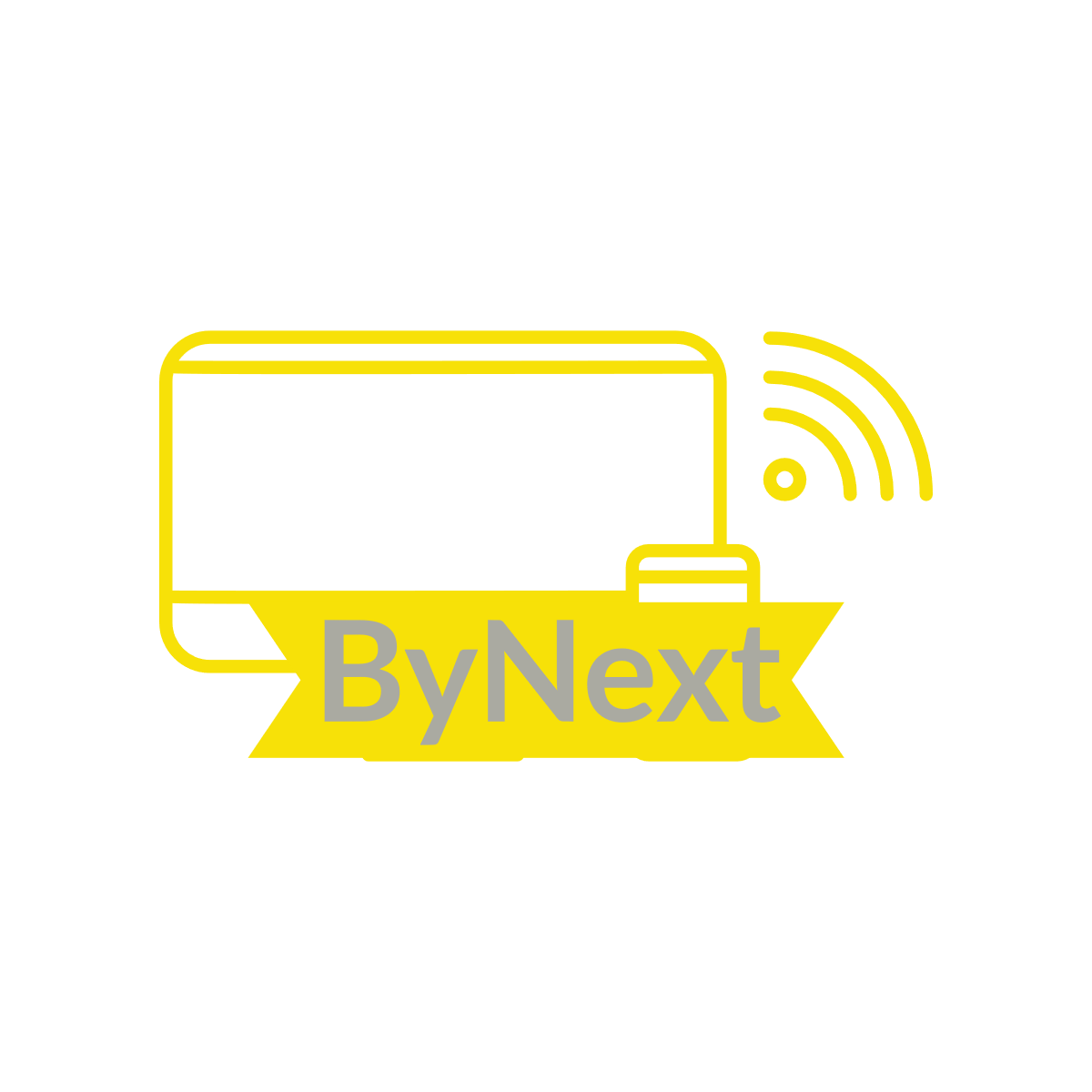Chatbots have become increasingly popular in various industries, serving as virtual assistants and customer support agents. To unlock the full potential of chatbot development, enabling developer mode is essential. In this comprehensive guide, we will explore step-by-step instructions on how to turn on developer mode in a chatbot. Whether you are a beginner or an experienced developer, this article will provide valuable insights on unleashing the power of chatbot development.
1. Understanding Developer Mode in Chatbots
Before diving into the process of enabling developer mode, let’s first understand what it entails. Developer mode is a specialized mode in chatbot platforms that provides enhanced customization options and advanced features for developers. By turning on developer mode, developers gain access to various tools and functionalities to tailor the chatbot’s behavior, responses, and interactions.
2. Enabling Developer Mode in Different Chatbot Platforms
ChatGPT
To enable developer mode in ChatGPT, follow these steps:
- Log in to the ChatGPT platform.
- Navigate to the “Settings” section.
- Look for the “Development Mode” option.
- Toggle the switch to enable developer mode.
Dialogflow
To turn on developer mode in Dialogflow, use the following process:
- Log in to your Dialogflow account.
- Go to the “Settings” page for your chatbot project.
- Locate the “Development Mode” option.
- Enable developer mode by clicking on the corresponding toggle switch.
3. Benefits of Developer Mode
Enabling developer mode in chatbots offers several benefits, including:
- Enhanced Customization: Developer mode provides developers with greater control over the chatbot’s behavior, allowing them to fine-tune responses and create tailored conversational experiences.
- Advanced Features: Developer mode often unlocks advanced features, such as integration with external APIs, natural language understanding, and context-aware conversations.
- Debugging and Testing: With developer mode, developers can easily test and debug their chatbot’s functionalities, ensuring a smooth user experience.
- Iterative Development: By enabling developer mode, developers can iterate and improve their chatbots based on user feedback, making continuous enhancements to enhance performance.
4. Best Practices for Chatbot Development
When working with chatbots in developer mode, it is essential to follow best practices to achieve optimal results. Here are some recommendations:
- Plan and Define Objectives: Clearly define the objectives and purpose of your chatbot before diving into development. Understand the target audience and their needs to create a conversational experience that delivers value.
- Design Conversational Flows: Design intuitive and user-centric conversational flows. Ensure that the chatbot understands and responds appropriately to user input, providing a seamless and engaging experience.
- Utilize Natural Language Understanding (NLU): Leverage NLU capabilities to enhance the chatbot’s understanding of user inputs. Train the chatbot to recognize and interpret different intents and entities accurately.
- Regularly Test and Refine: Continuously test and refine your chatbot to improve its performance. Collect user feedback and make necessary adjustments to ensure efficient and accurate responses.
- Maintain Data Privacy and Security: Pay utmost attention to data privacy and security when developing chatbots. Implement appropriate measures to protect user information and maintain compliance with relevant regulations.
5. Common Challenges and Troubleshooting Tips
While working in developer mode, you may encounter certain challenges. Here are some common issues and troubleshooting tips:
- Inaccurate Responses: If your chatbot is providing incorrect or irrelevant responses, review the conversational flows and ensure that the training data adequately covers various scenarios.
- Integration Issues: When integrating external APIs or services, ensure that the necessary credentials and configurations are set up correctly. Double-check API documentation for any troubleshooting steps specific to the integration.
- Performance Optimization: If your chatbot is slow or experiences latency issues, optimize the code and minimize unnecessary processing to enhance performance.
- User Experience Improvements: Continuously collect feedback from users and identify areas for improvement. Regularly update and enhance the chatbot’s conversational flows based on user input.
6. Future Trends in Chatbot Development
Chatbot development continues to evolve, with several trends shaping the future of this technology. Here are a few noteworthy trends:
AI Advancements: Artificial Intelligence (AI) technologies, such as natural language processing and machine learning, will further enhance chatbot capabilities, enabling more realistic and context-aware interactions.
Increased Interoperability: Chatbots will become more interoperable, with the ability to communicate across platforms and interfaces. This will enable a seamless customer experience in multiple channels.
Enhanced Security: Improved security measures, such as encryption and authentication methods, will be incorporated into chatbot development. This is essential for safeguarding sensitive user data.
more read
How much does YouTube pay for 10,000 views
Top 70 Earning YouTube Stars 2023 | The Highest Paid YouTubers of
How to Get 4,000 Watch Hours and 1000 Subscribers on YouTube (Fast)
How to Download YouTube Videos ? : A Comprehensive Guide
